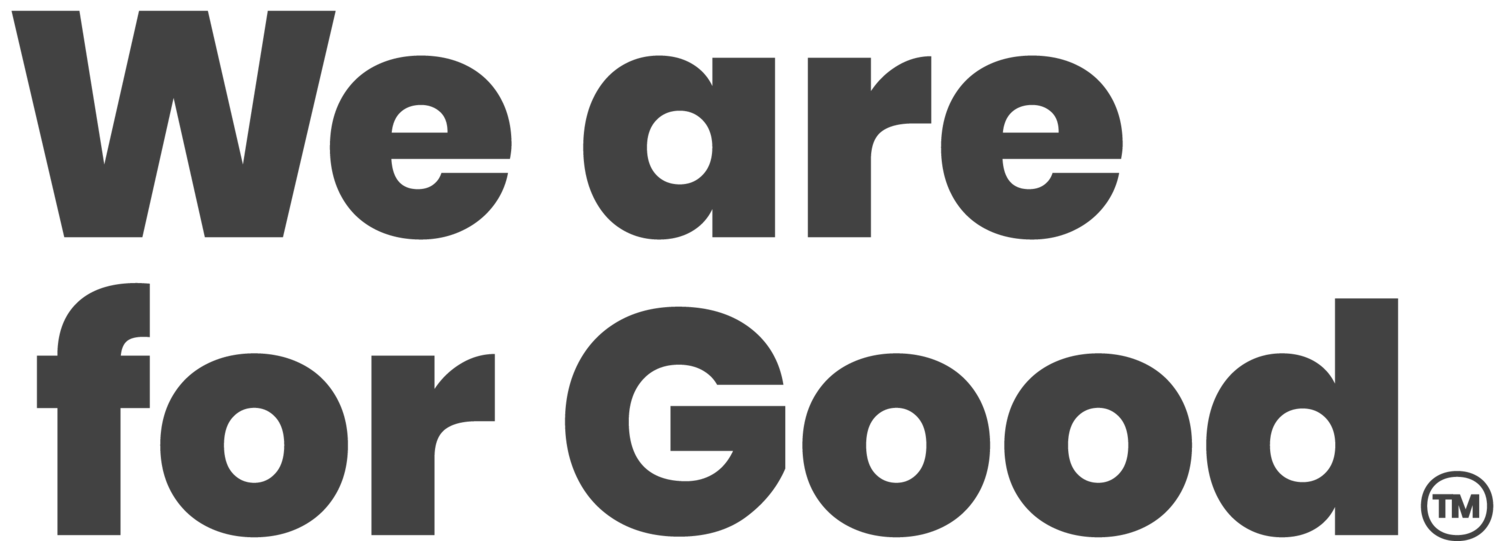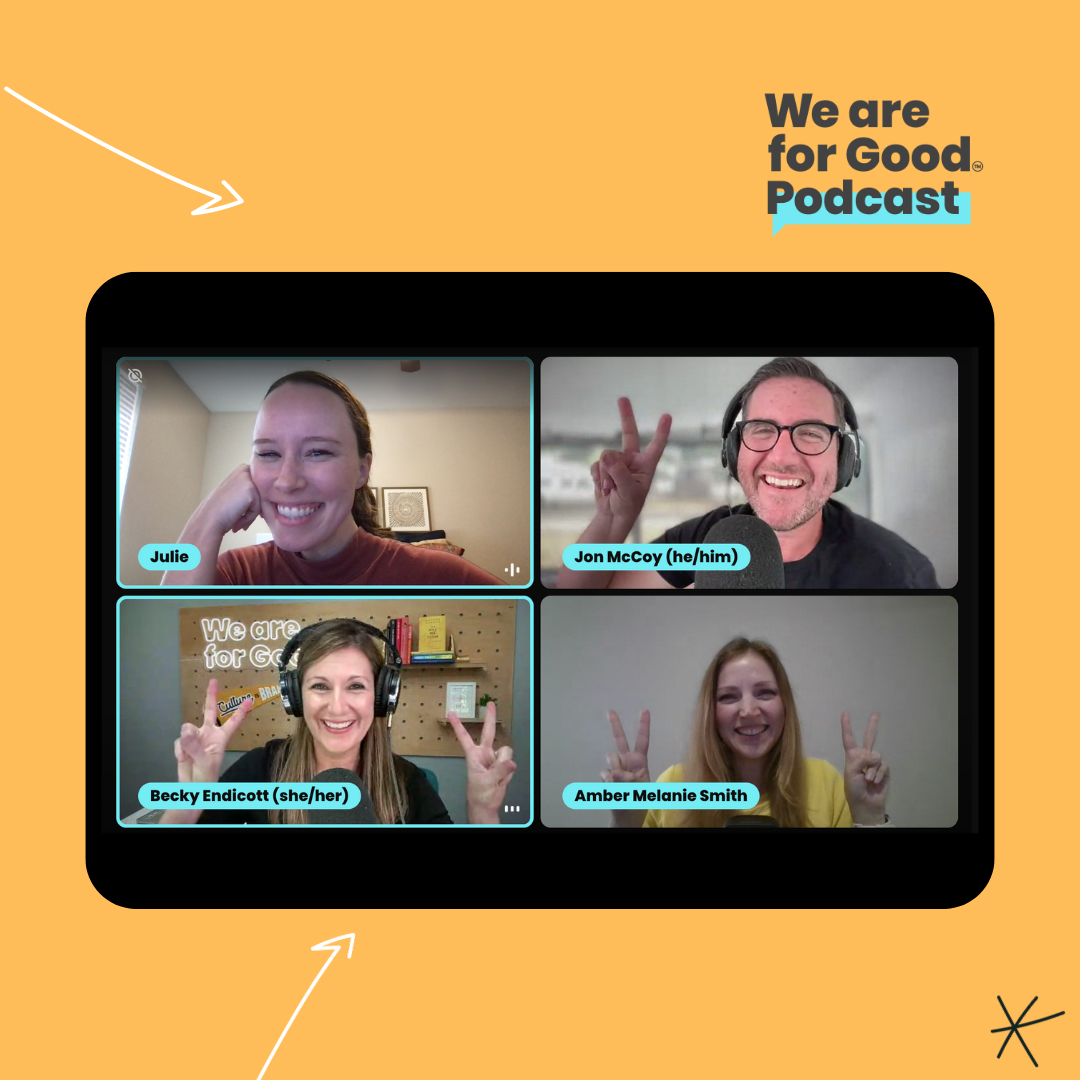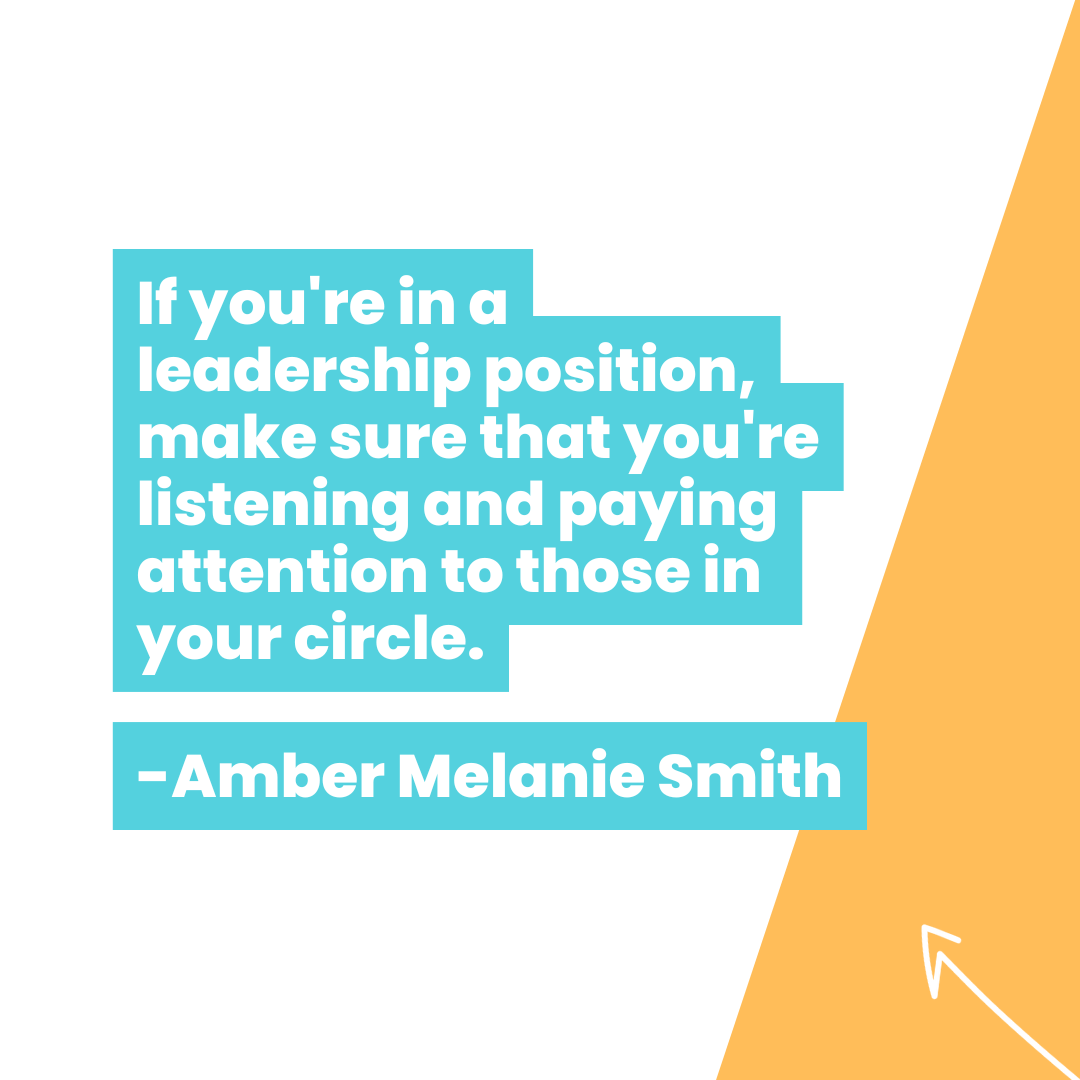560. How It's Built: Leadership Transition Planning - Amber Melanie Smith
Listen to this episode
Overview
Meet Amber. Her journey through nonprofit work is winding (literally!)🛣️ In college, she took off on a 3-month cross-country road trip with her best friend to volunteer in over 20 states. When she returned home, she launched Activate Good, a nonprofit that has mobilized over 50,000 volunteers to help hundreds of causes in her hometown, Raleigh, NC. She recently transitioned out of her Executive Director role and is sharing how she did it in this “How It’s Built” episode. Tune in to hear how organizations can prioritize succession and transition planning that takes care of all the people involved.
💡 Learn
Warning Signs of Burnout
How It's Built: Leadership Transition Planning
Pro Tips + Lessons Learned
Today’s Guest
Amber Melanie Smith, speaker, nonprofit founder, social entrepreneur + YouTuber
“If you don’t have a culture of trust and open communication, everything’s just harder.”
Episode Transcript
Download Full Episode Transcript Here
Episode Highlights
Amber’s story and journey to where she is today (3:55)
Barriers to people getting started volunteering (10:30)
Amber’s observations around turnover in the nonprofit sector (14:55)
How It’s Built: Creating a plan for nonprofit leadership transition and succession (20:50)
Pro tips and critical lessons (35:55)
A powerful moment of philanthropy in Amber’s life (40:20)
Amber’s One Good Thing: If you're in a leadership position, make sure that you're listening and paying attention to those in your circle. (42:30)
How to connect with Amber (44:30)
Impactful Quotes
"If you don't have a culture of trust and open communication, everything's just harder." -Amber
“If you're in a leadership position, make sure that you're listening and paying attention to those in your circle.” -Amber
"Sometimes you don't know who's paying attention. So you should pay attention to make sure that you're modeling that impactful behavior." -Amber
"Philanthropy is for everyone. It takes so many different forms. It can look like so many different things." -Amber
"Connection and community are often things we take for granted as basic needs, but I believe that they are." -Amber
How It’s Built: Creating a plan for nonprofit leadership transition and succession ⬇️
1. Self-Awareness: Reflect deeply on your role and feelings about work through journaling, self-assessment tests, and medical check-ups.
Amber realized she missed several signs of needing a transition over two years, including stress indicators and physical symptoms.
2. Recognize Red Flags: Pay attention to physical and mental health signs like low energy, stress, and anxiety. Don’t ignore these symptoms.
3. Seek Help: Openly communicate with your board or leadership about your needs and collaboratively plan the transition.
Amber asked her board for a sabbatical and later partnered with her board chair to plan her transition.
5. Develop a Succession Plan: Prepare a detailed succession plan including the timeline, communication strategies, and key milestones.
Amber’s organization had a pre-drafted succession plan, which they used to map out her transition timeline.
6. Communicate Transparently: Develop a clear communication plan to inform team members and stakeholders about the transition process and timeline.
Amber’s team created a talking points document to ensure consistent internal and external messaging.
Identify key stakeholders and communicate the transition in a prioritized and respectful manner.
7. Involve the Board: Engage your board to lead the hiring process for your successor, involving both internal and external candidates.
8. Celebrate the Transition: Plan a farewell event to honor the outgoing leader and introduce the new leader, fostering a sense of continuity and support.
Pro tips
Plan for Succession Early: Have succession plans in place before they are needed.
Update Policies and Job Descriptions: Ensure all policies and staff job descriptions are current.
Develop Talent Pipeline Infrastructure: Establish programs like internships to help volunteers and interns grow into leadership roles.
Create a Written Succession Plan: Having a documented plan makes execution smoother when transitions occur.
Resources mentioned
Social Impact Staff Retention Project
Connect with Amber
Connect with Jon
Connect with Becky
CONNECT WITH WE ARE FOR GOOD
Join the We Are For Good Community
You can think of it as the after-party to each podcast episode 🥳
Say hi👇
LinkedIn / Instagram / Facebook / YouTube / Twitter













